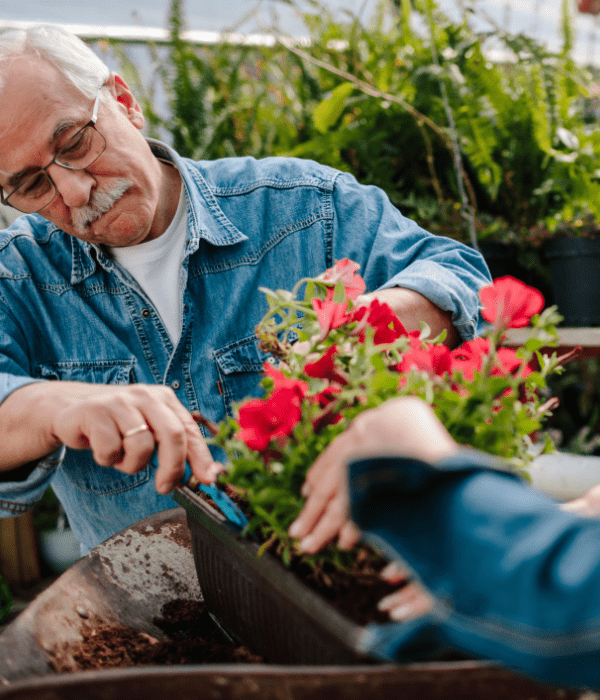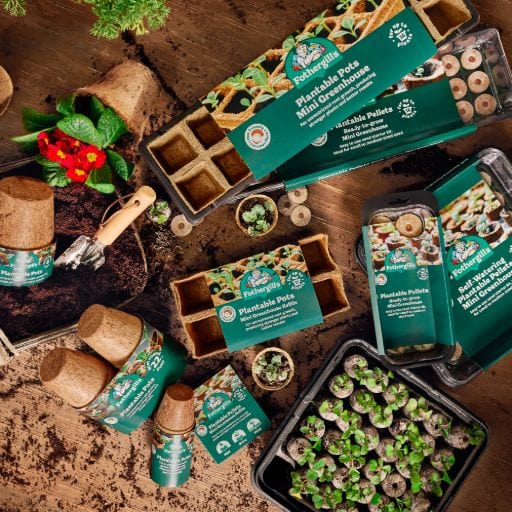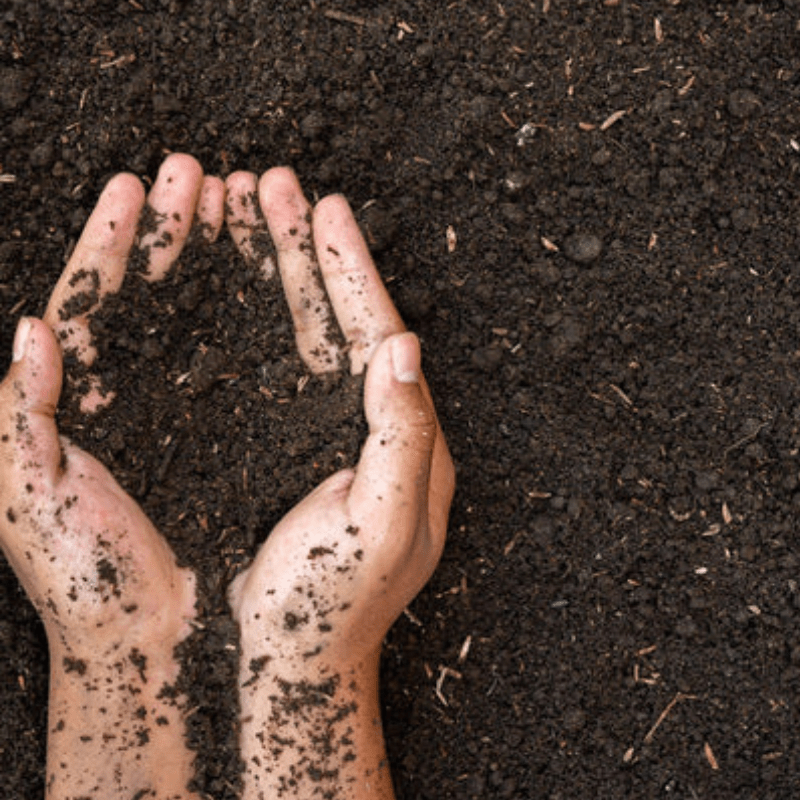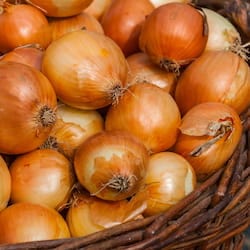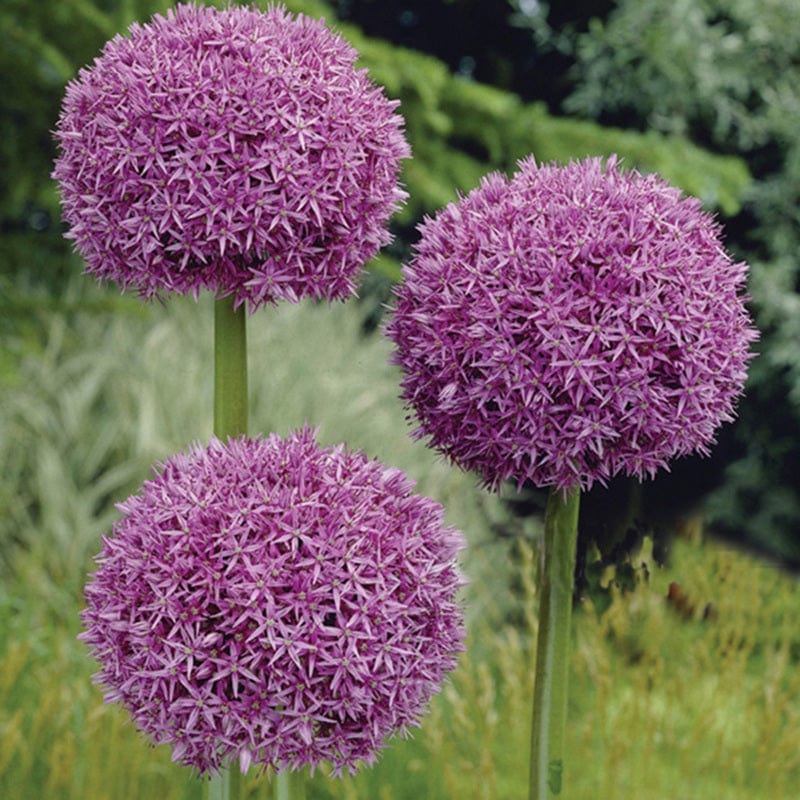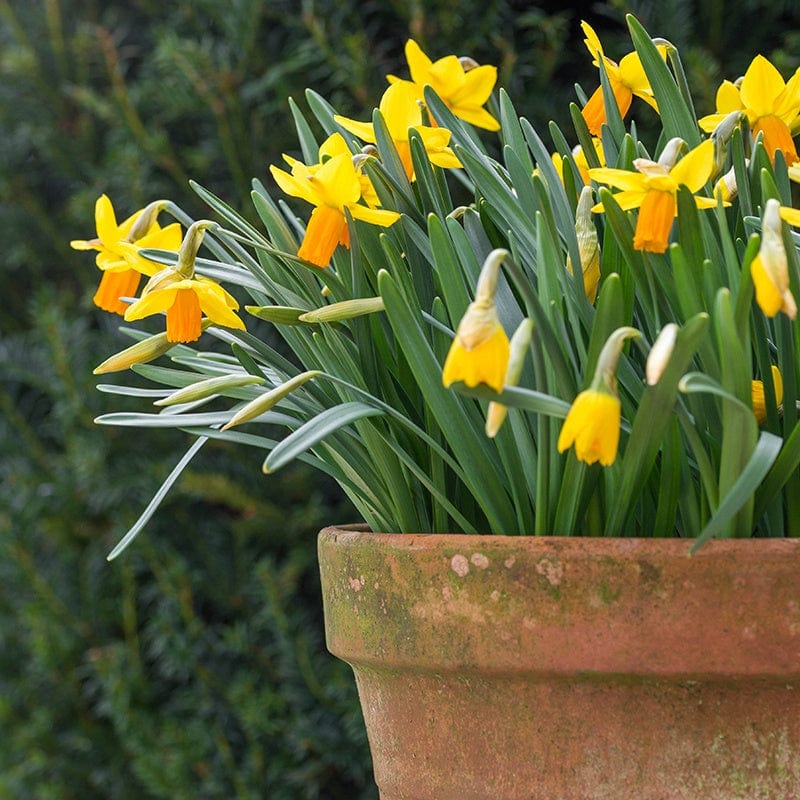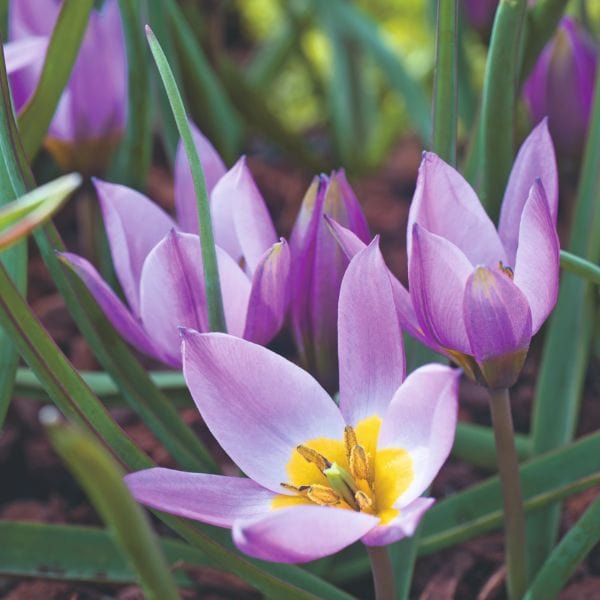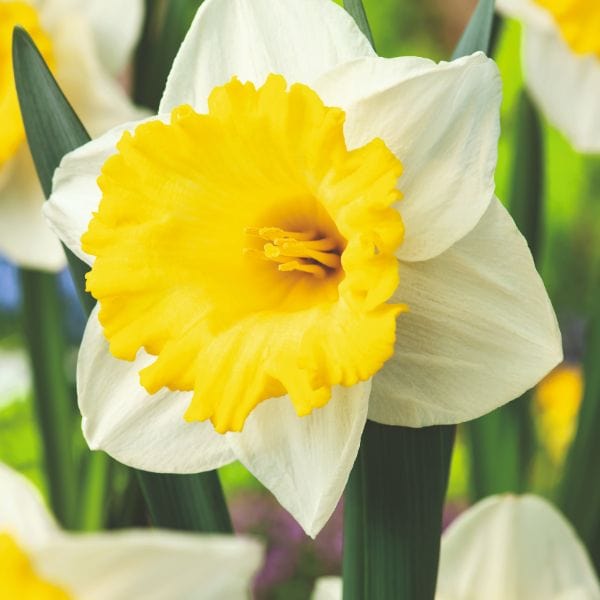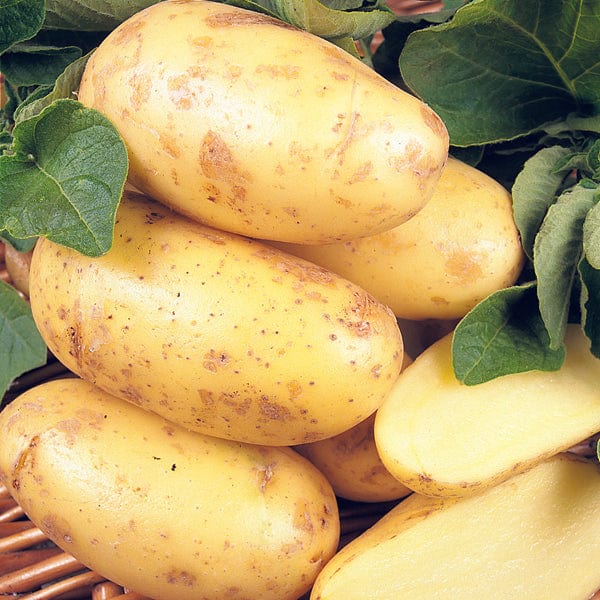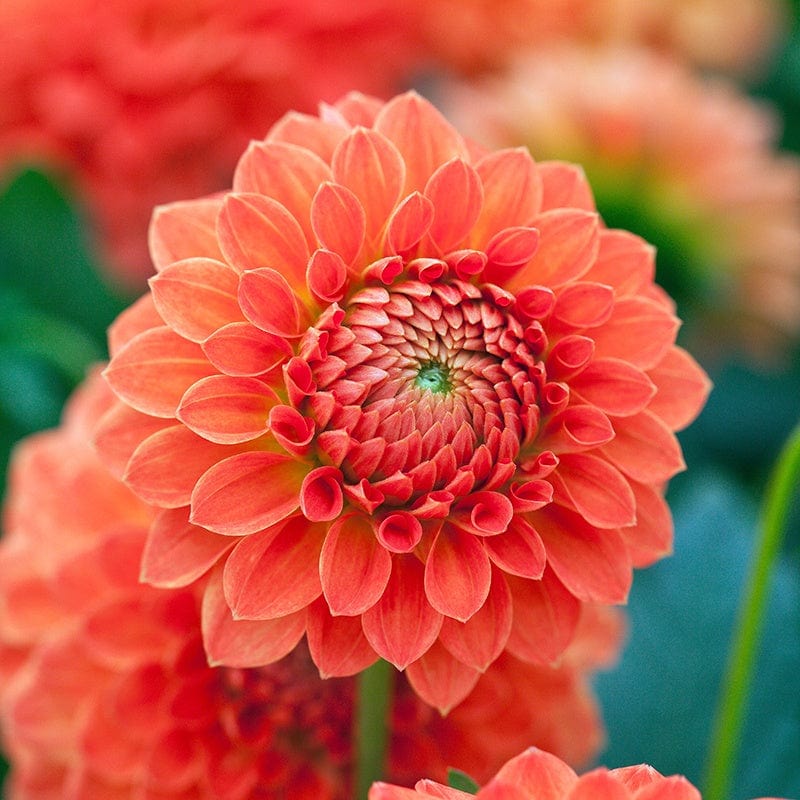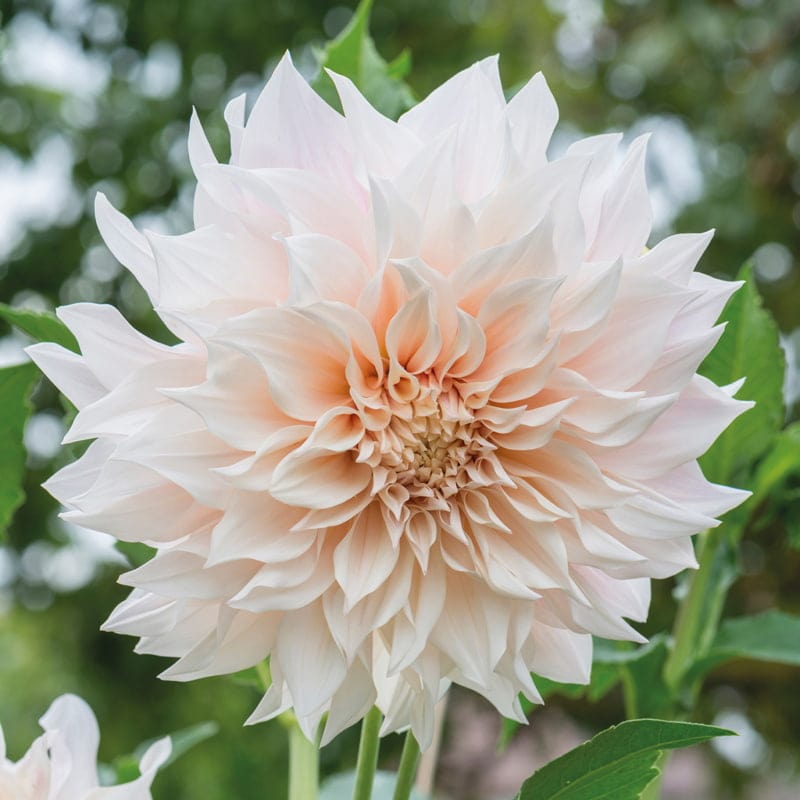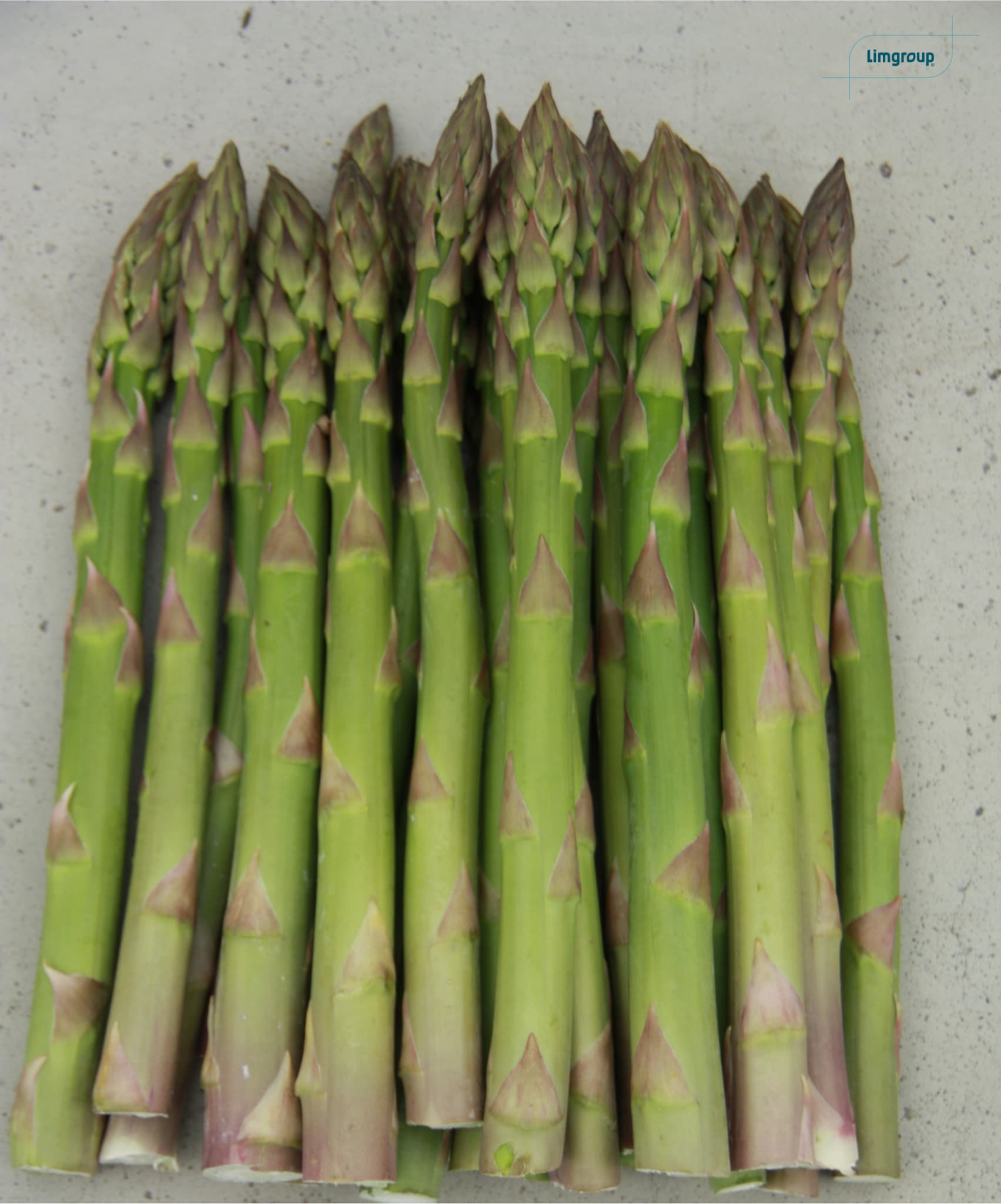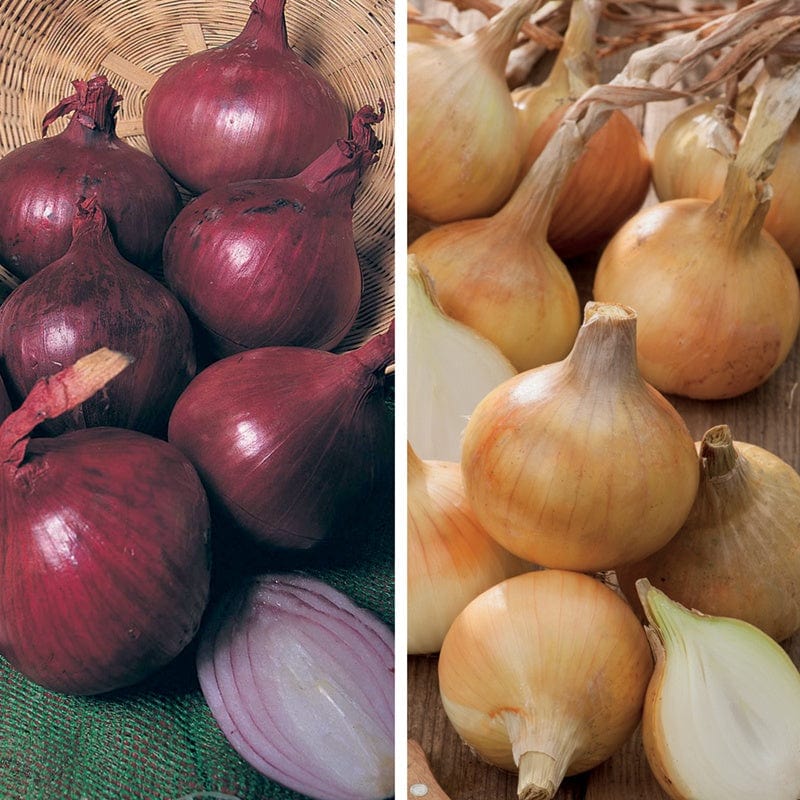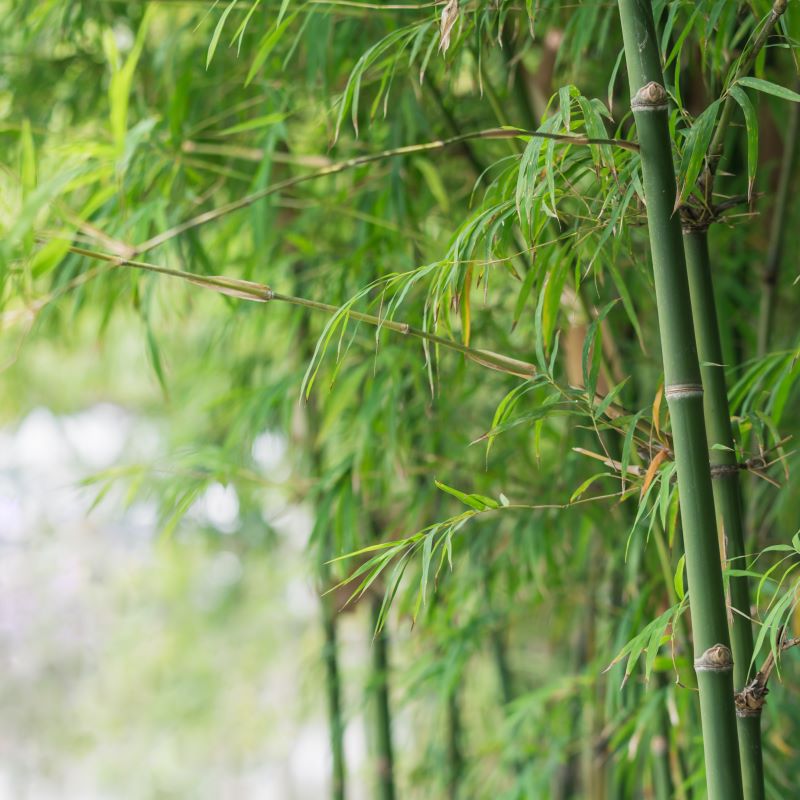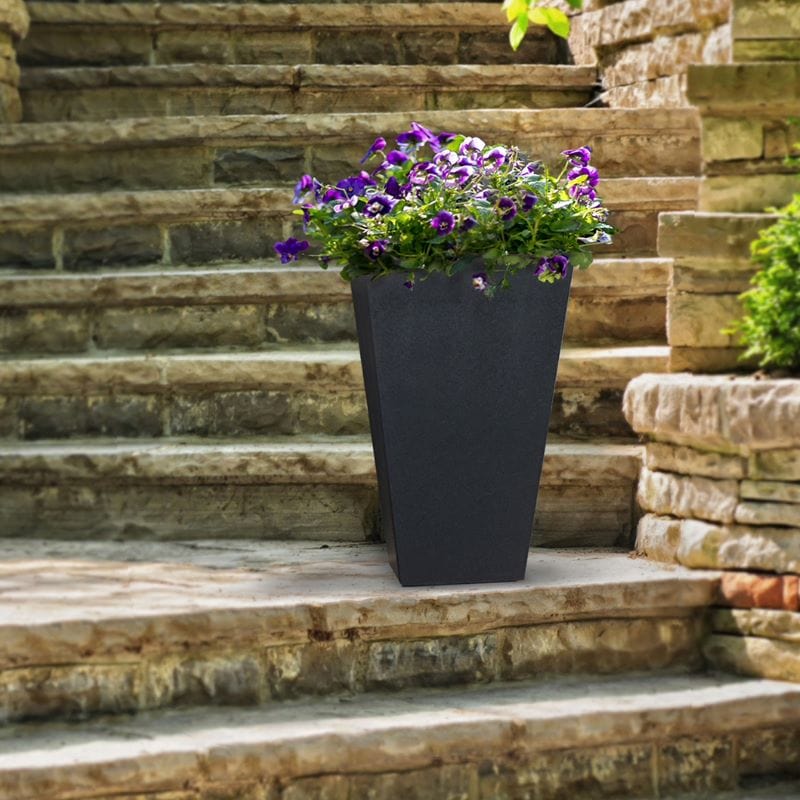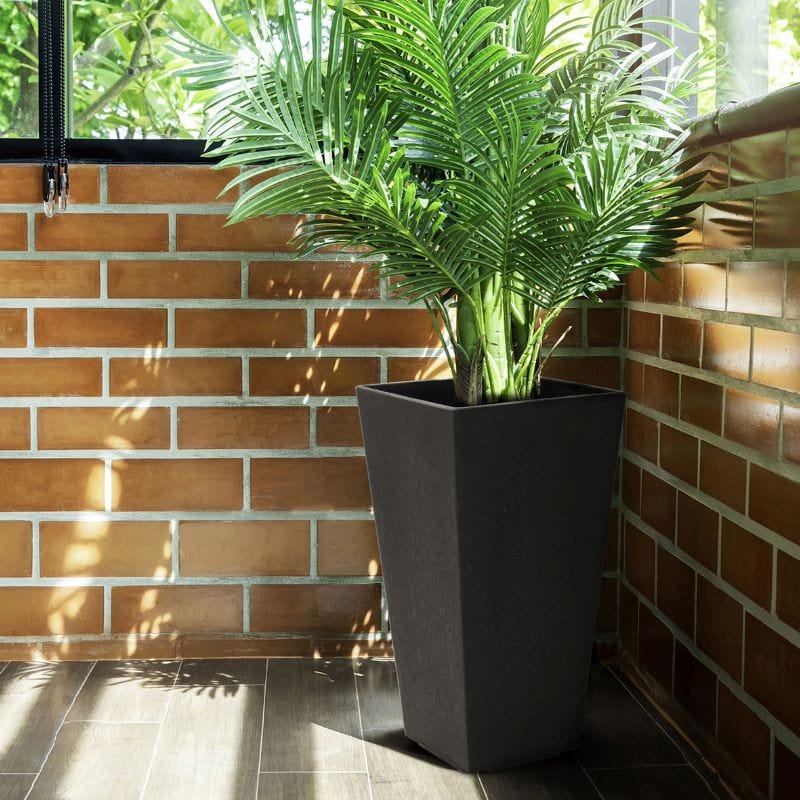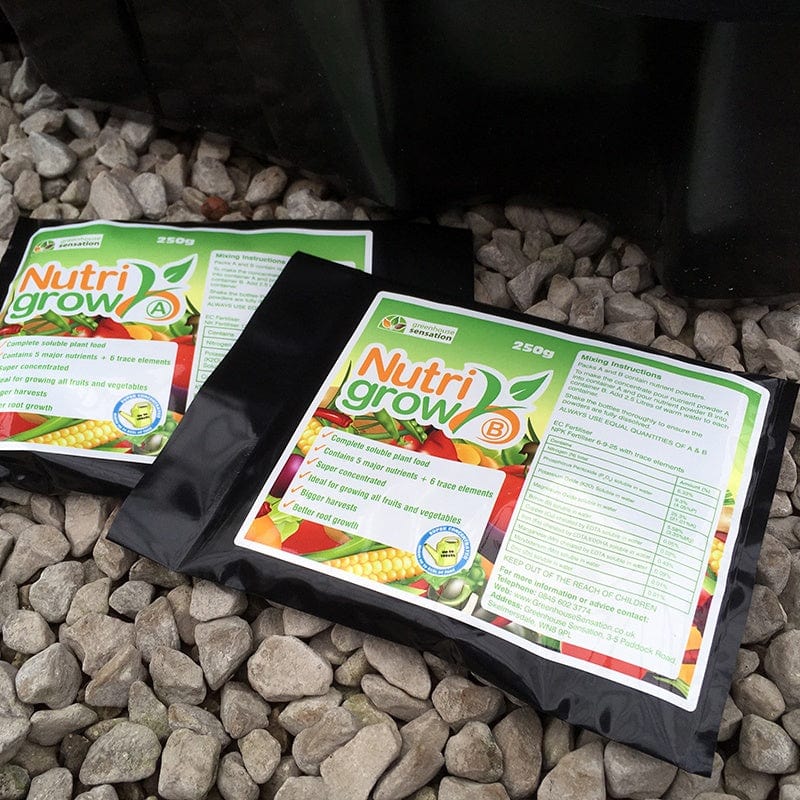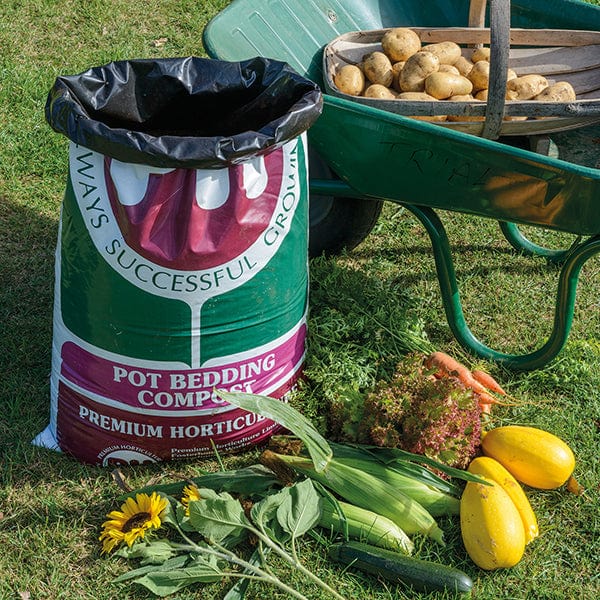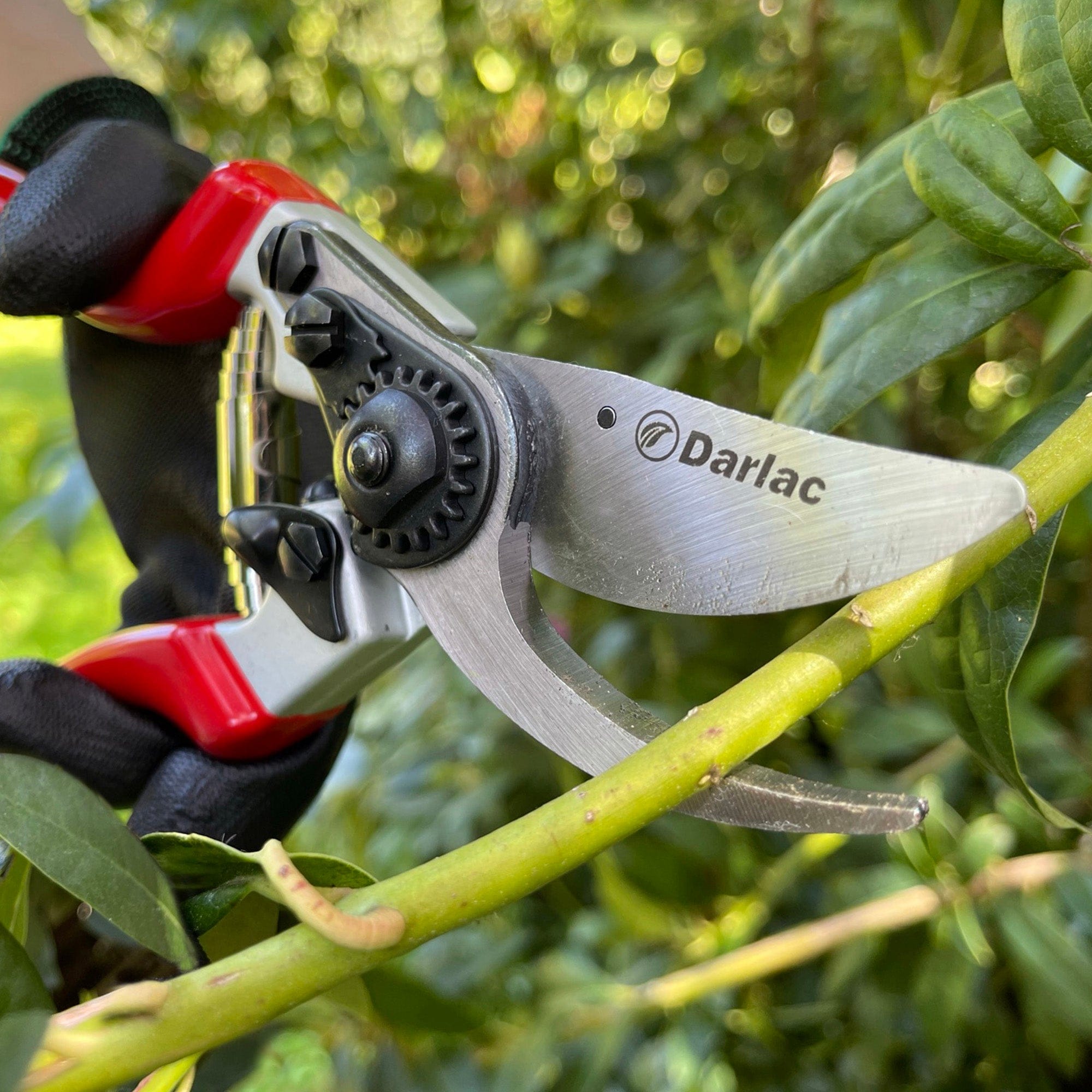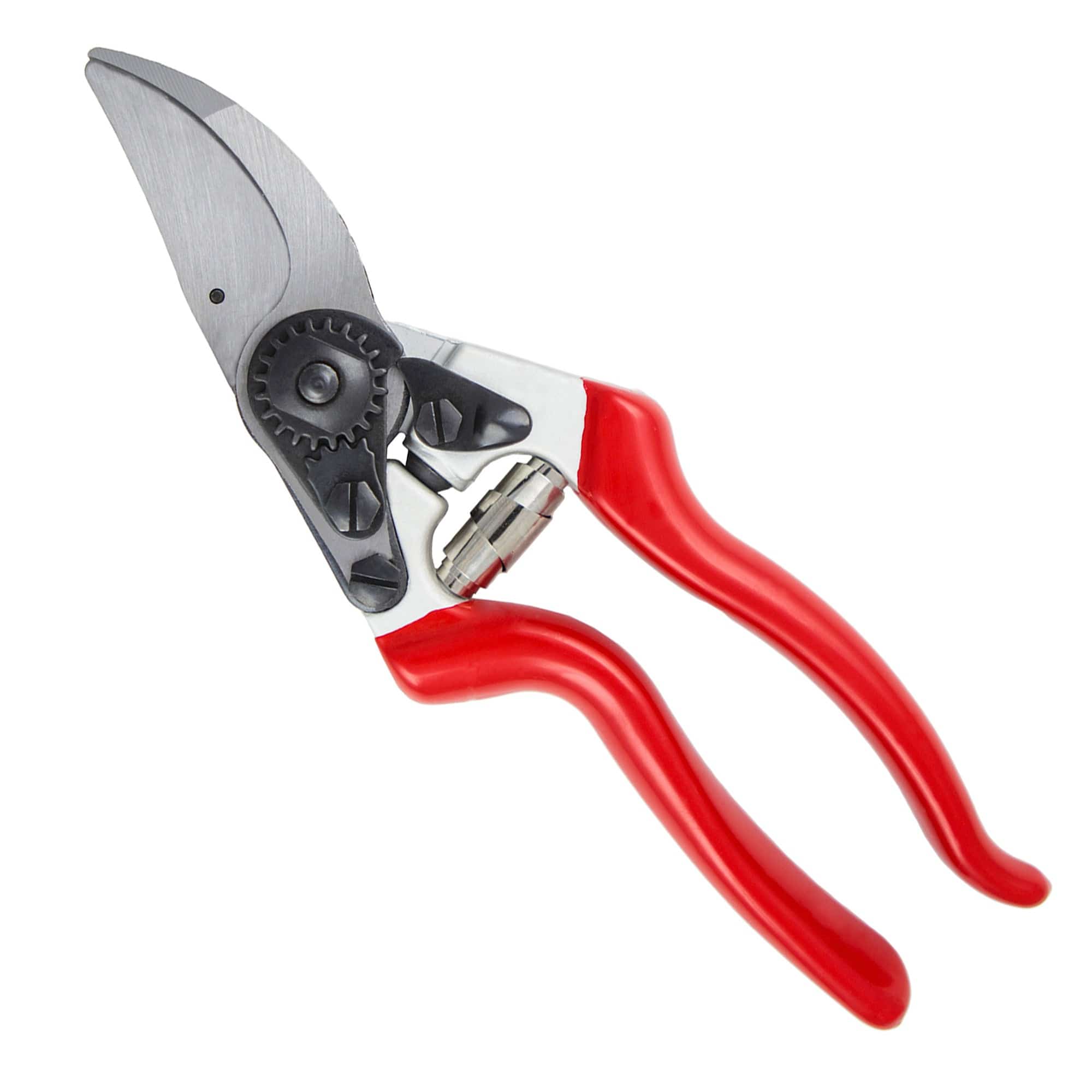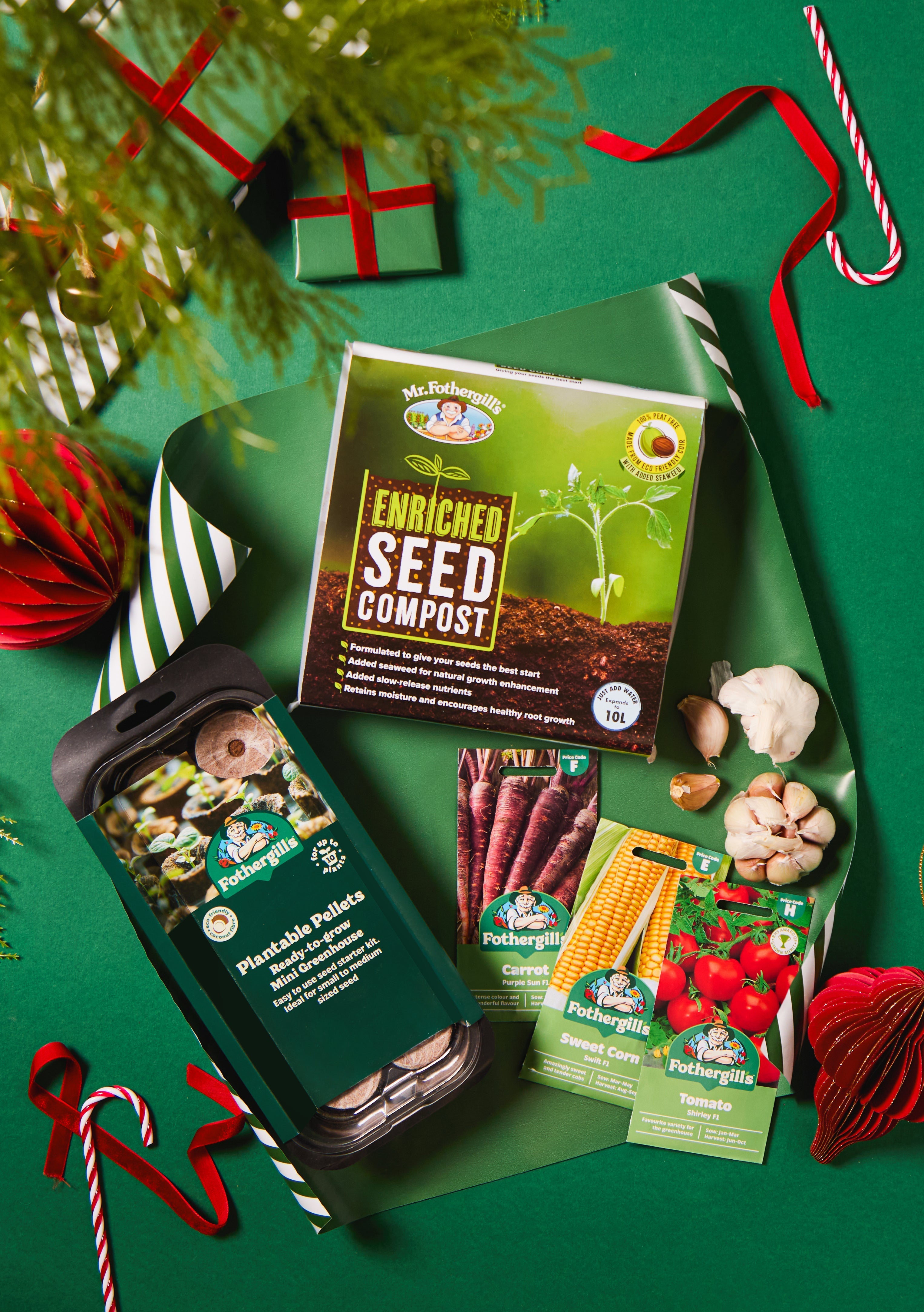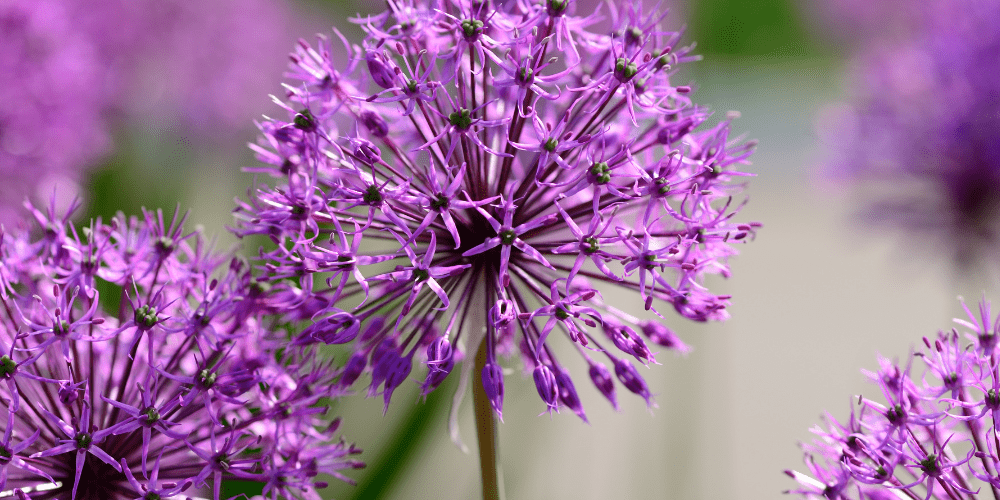Tips for Growing Bamboo
Bamboo is undoubtedly one of the most beautiful, tolerant and low maintenance, structural foliage plants, which has real presence and deserves a place in any garden. With elegant canes (culms) in an amazing array of sizes and colours from purple-black, to red, golden-yellow and even green stripes, bamboo makes a lush, stylish and exotic looking backdrop to other garden plants. It does however have a reputation for being invasive, which is not the plants’ fault but rather a symptom of the wrong variety being chosen for the location. It’s just a case of doing a little research and finding the right type for you. Some species are clump forming, quite restrained and ‘well-behaved’, whereas other will spread quickly, to make fantastic ground cover and screening.
Related Products

Bamboo in Containers
Most types of bamboo will perform just as well in a planter, trough or other large container. The essential consideration in choosing a container is that it is large and has plenty of drainage holes. Plants must not be allowed to dry out completely but also dislike sitting in waterlogged soil for too long, so raising pots up on container 'feet' will also help to ensure good drainage. As bamboos are energetic growers they will benefit from a regular feed, especially in containers, where nutrient supply is limited. A good quality compost is recommended, with the addition of 5-10% horticultural grit if possible. although grit is not essential it will help to improve drainage and it provides a bit more weight to the pot, helping top-heavy bamboos to remain upright in windy conditions.

Clumping Bamboo
‘Clump forming’ bamboos like many of the hardy Fargesia species, spread only a few inches a year and are therefore quite easy to keep in check. If you are usure about growing bamboos then these are for you. They require no more effort than any other happy border perennial that wants to grow. Fargesias are small leaved with an almost feathery appearance and are one of the very best bamboos for smaller garden spaces. They’re particularly good for large patio containers and can make really attractive screening. Fargesia murielae is the most tolerant of exposed locations and recommended for use as a wind break.

Clump Forming Bamboo - Fargesia
Running Bamboo
Spreading or ‘running’ bamboos are the types sometimes called ‘invasive’. These include the commonly available varieties of Phyllostachys and Sasa. These magnificent, robust and vigorous varieties can grow quickly and are perfect for a larger garden where they have plenty of space to fill. Wherever they are grown it is still best however to designate a specific area for them and to contain them within it. There are various easy ways to do this and all simply require a boundary of some sort to be created.

Running Bamboo - Phyllostachys
Restricting Bamboo
The best way to create contained clumps of running bamboos suitable for most garden spaces, is to plant them into a large plastic barrel, old water butt or larger water tank, with the bottom cut out. This is then sunk into the ground with 3-4 inches still protruding, back-filled with a mix of soil and compost, and the bamboo planted into it. I do this at home, it’s quick, easy and works very well indeed, easily containing even the most vigorous bamboos and prevents any issues with spread.
For a larger area or a bamboo grove, a small containment wall can be created with a plastic or metal sheet barrier. It needs to go 2-3 feet below ground for it to be effective in preventing the spread of bamboo into undesired areas. With part of the barrier above ground, any bamboo roots that try to ‘jump over the wall’ can easily be seen and removed with secateurs or loppers if necessary. An occasional check of the perimeter is always a good idea.

It needs to be remembered that unless contained, it is inadvisable to grow any woody long lived plants like trees, shrubs, or bamboos near any buildings or other hard landscaping like paths, where their root growth can cause damage as the plants grow larger over time. A planting distance of at least 6m is normally recommended for trees and I would happily apply it to shrubs and bamboo also.






